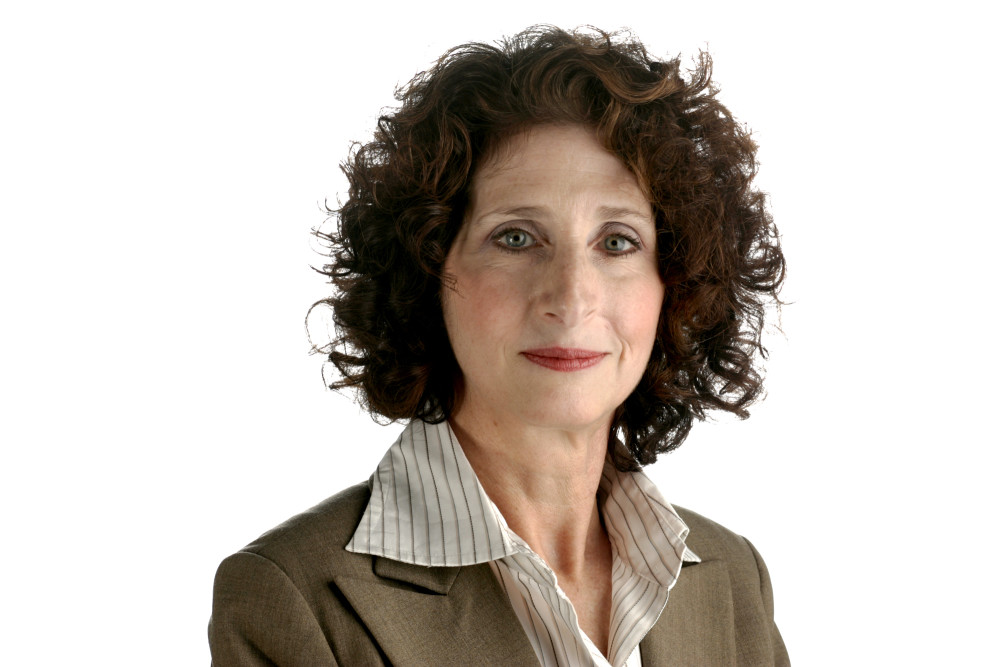By Gail MarksJarvis
Chicago Tribune
How could anyone be against free college tuition?
It’s a mom-and-apple-pie issue.
buy super kamagra online pavg.net/wp-content/themes/twentytwentyone/inc/en/super-kamagra.html no prescription
Millennials, suffering from debilitating student loans, love it. Parents, who can’t wring enough out of paychecks to save for college and retirement, see it as salvation. Many Americans who believe the country will be stronger if young people go to college and boost their potential and lifetime earnings, embrace it too.
Democratic presidential candidate Bernie Sanders is running on it. The other Democratic candidate, Hillary Clinton, doesn’t go as far as Sanders but favors more aid for low- and moderate-income students, not everyone.
Yet now, with election-year crowds cheering for college student relief, the think tanks are taking aim at the idea of free college for everyone, and the idea isn’t sounding as sweet as mom and her apple pie.
First, the Tax Policy Center, a respected think tank on tax issues, knocked holes, big ones, in the funding Sanders has been suggesting. Then the Brookings Institution joined the critics.
Brookings leans left, so you might think it would be friendly to a proposal that would free future generations from killer college debt.
But that’s where Brookings takes issue. In a report released Thursday by Brookings, Matthew Chingos criticizes the plan for spending too much money helping affluent and rich families and shortchanging the low-income students who he says need help the most.
Free college would mean “spending billions on upper-income groups that could afford to pay,” said Chingos, who is a senior fellow for the Urban Institute. In his report, he notes that under the Sanders proposal that’s been so popular with young voters, “the top half of the income distribution would receive 24 percent more in dollar value from eliminating tuition than students from the lower half” of incomes.
The top half, according to Chingos’ data, includes families with incomes over $62,500.
Although many families close to that cutoff don’t consider themselves affluent and are struggling to get their children through college, Chingos notes “there are trade-offs.”
“When college is free for everybody,” he said, there’s less public money for the lowest-income families.
For low-income students, “even free college isn’t cheap enough,” he said.
Chingos argues that while Sanders’ free college proposal would eliminate tuition and fees at public colleges, lower-income students struggle with living expenses that end up costing even more than their college tuition and fees. So relieving the students of those direct college costs doesn’t go far enough.
He notes that families with incomes under $62,500 spend $18 billion out-of-pocket on living expenses. That’s where free college fails, he argues. Rather than giving tuition and fees free to affluent and rich people, he would like to see more funding go to lower-income people for living expenses in addition to tuition.
In addition, Chingos argues that free college for all students will not be equal for all because more affluent students pick the public colleges and universities that tend to be more expensive than those selected by lower-income students. In particular, many lower-income students go to community college, where the average tuition is $1,673. He contrasts that with a student at a four-year college paying between $6,119 and $7,319.
With free tuition, Chingos said the lower-income students would save $1.8 billion in tuition costs but still need to pay $4.5 billion in living expenses and other college costs.
“The upshot is that dependent students from the most affluent 25 percent of families represent 11 percent of students at public colleges, but would receive 18 percent of the benefits if tuition were eliminated,” he said. Yet, students in the bottom fourth of income “make up 14 percent of public college students and would receive 16 percent of free tuition benefits.”
Many lower-income students are living independently of their parents. They go to school only part time as they struggle to hold jobs to pay for college and living expenses. Meanwhile, more affluent students depend on parents, and 68 percent go to college full time.
As a result, Chingos calculates, the top half of students by income would receive $16.8 billion by eliminating tuition costs, while the lower half could get $13.5 billion. Given the nation’s current political climate, free tuition isn’t likely to be enacted soon, said Chingos, but the cheering crowds during this election are likely to keep the college issue on the table for some time. Chingos said his research is a starting point on the issue.
___
ABOUT THE WRITER
Gail MarksJarvis is a personal finance columnist for the Chicago Tribune and author of “Saving for Retirement Without Living Like a Pauper or Winning the Lottery.”














































































































































































































































































































































































